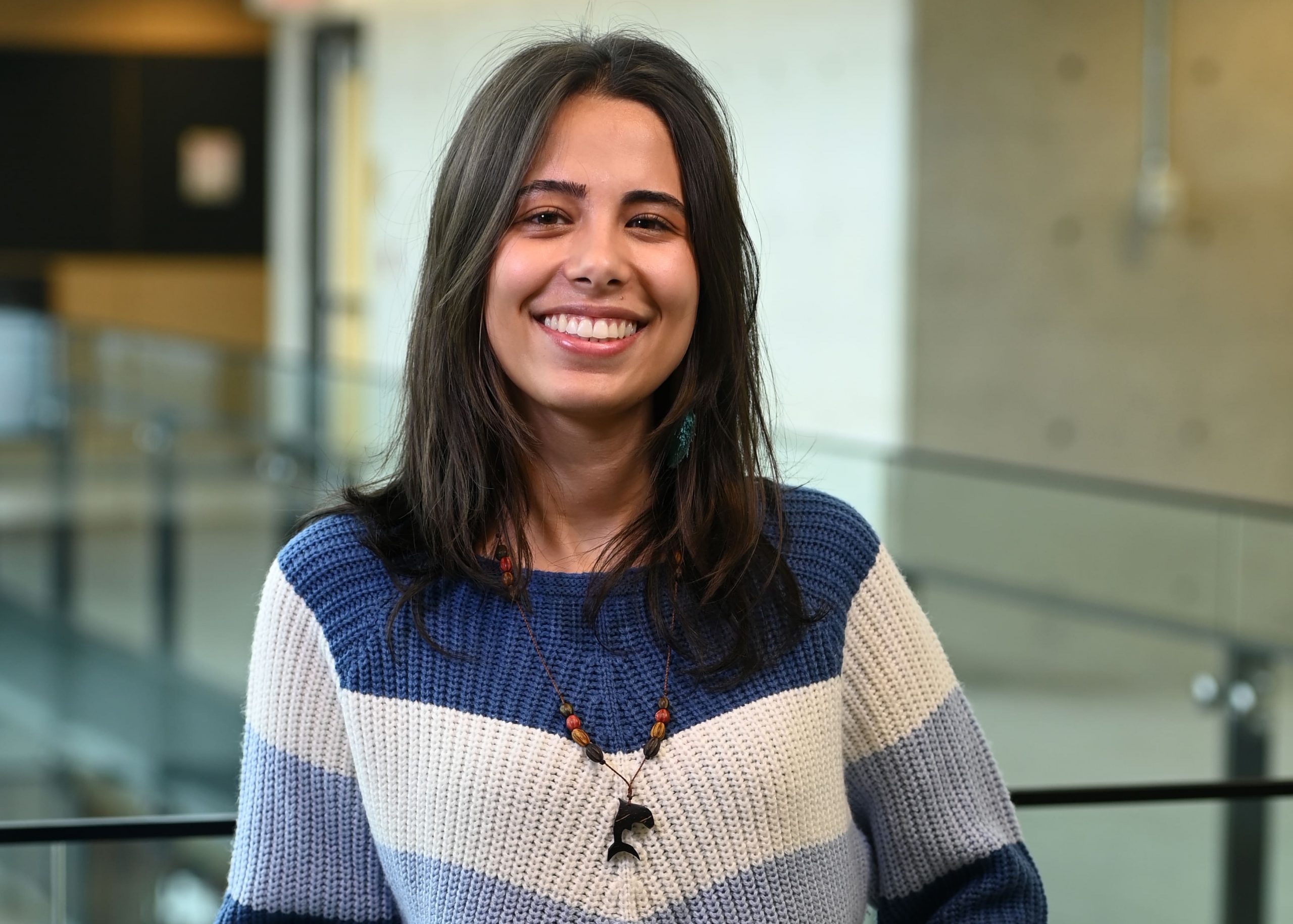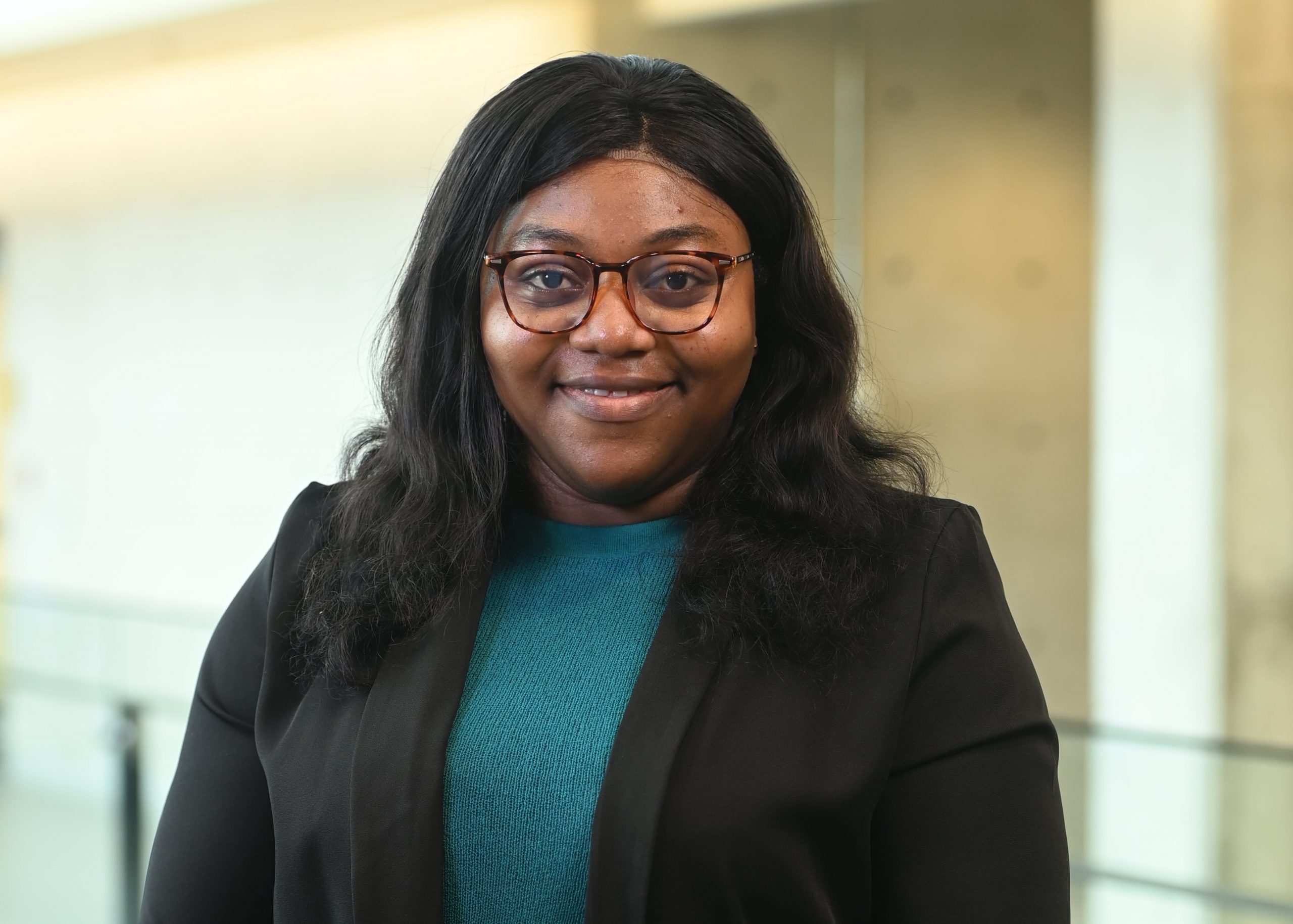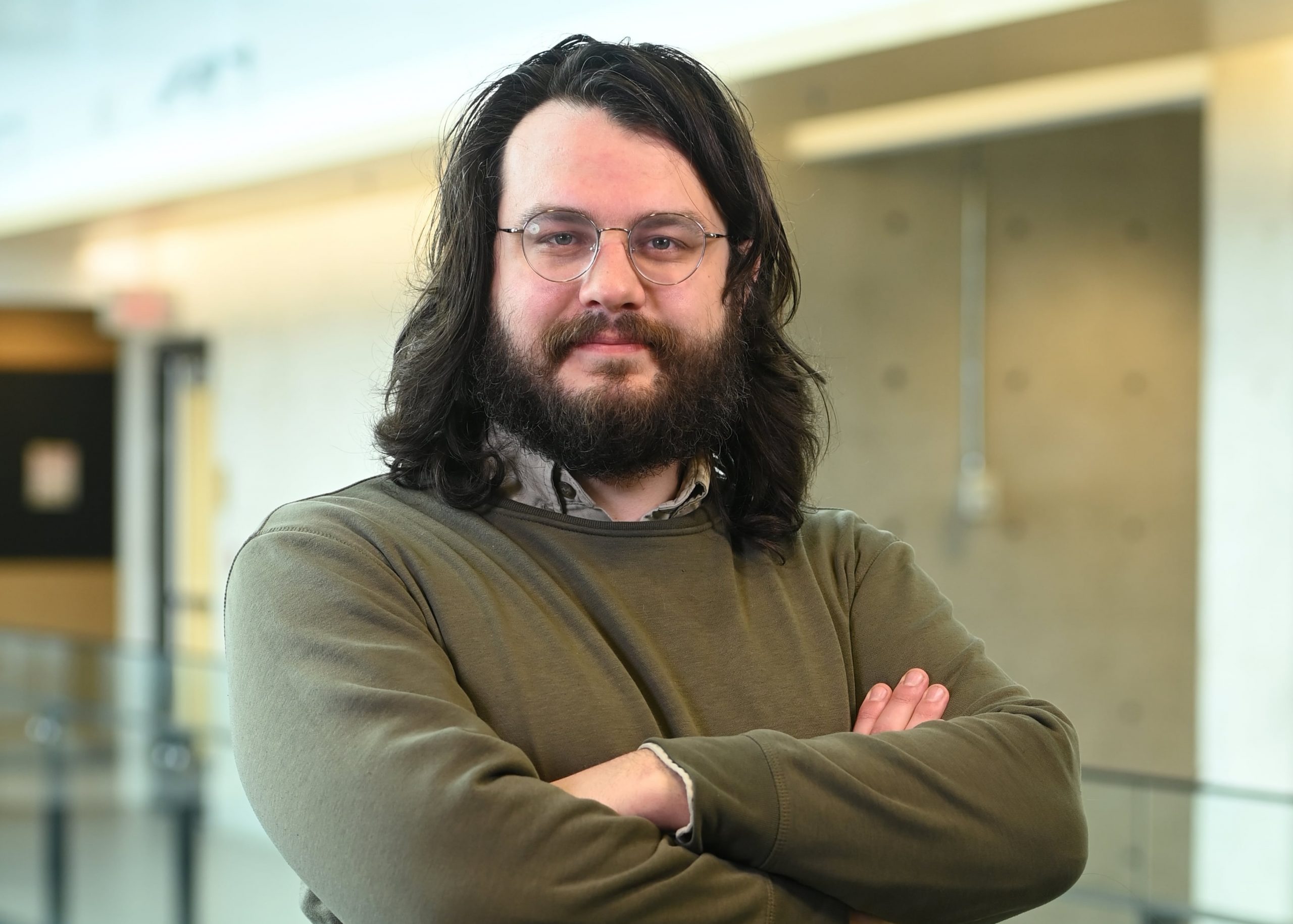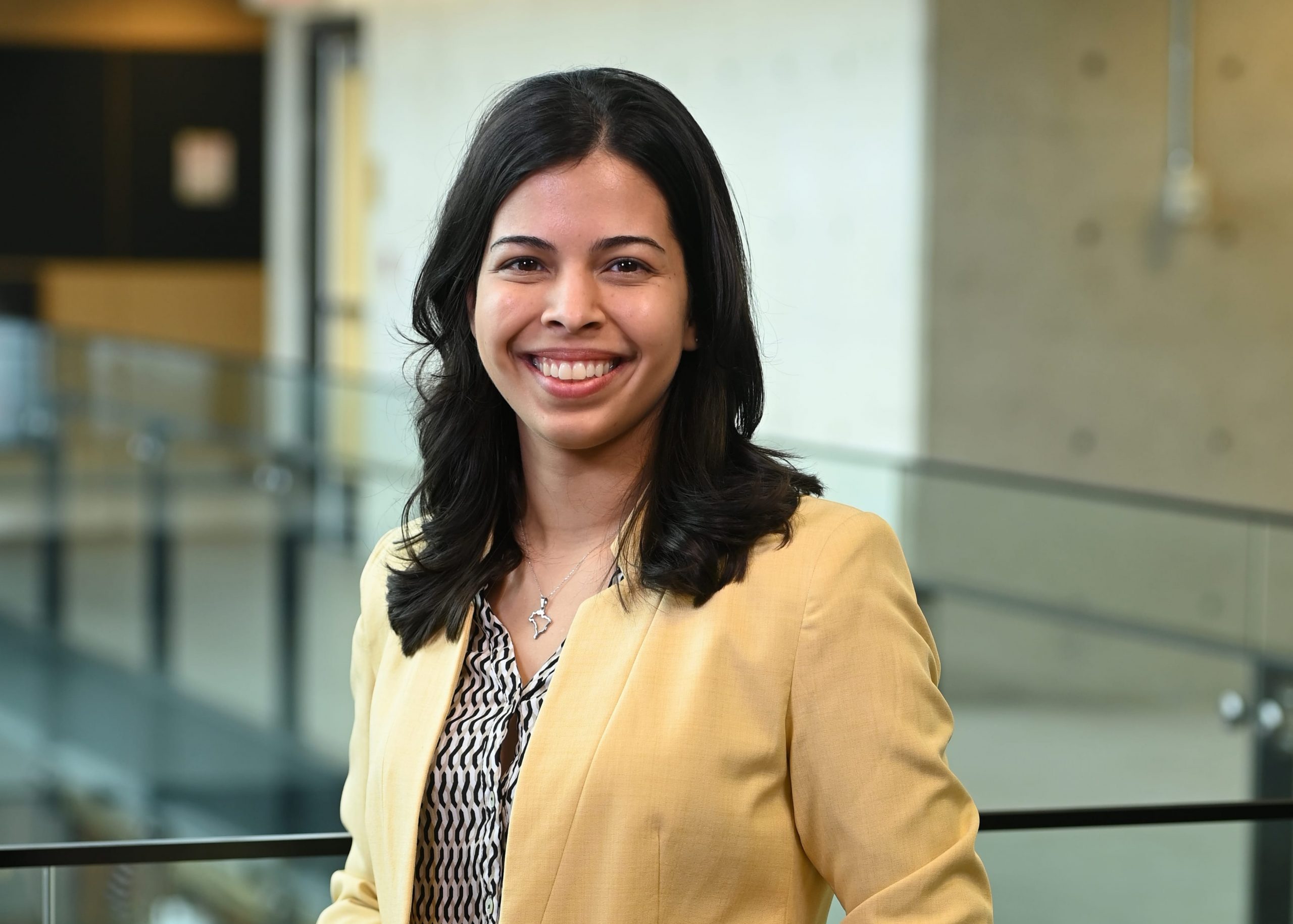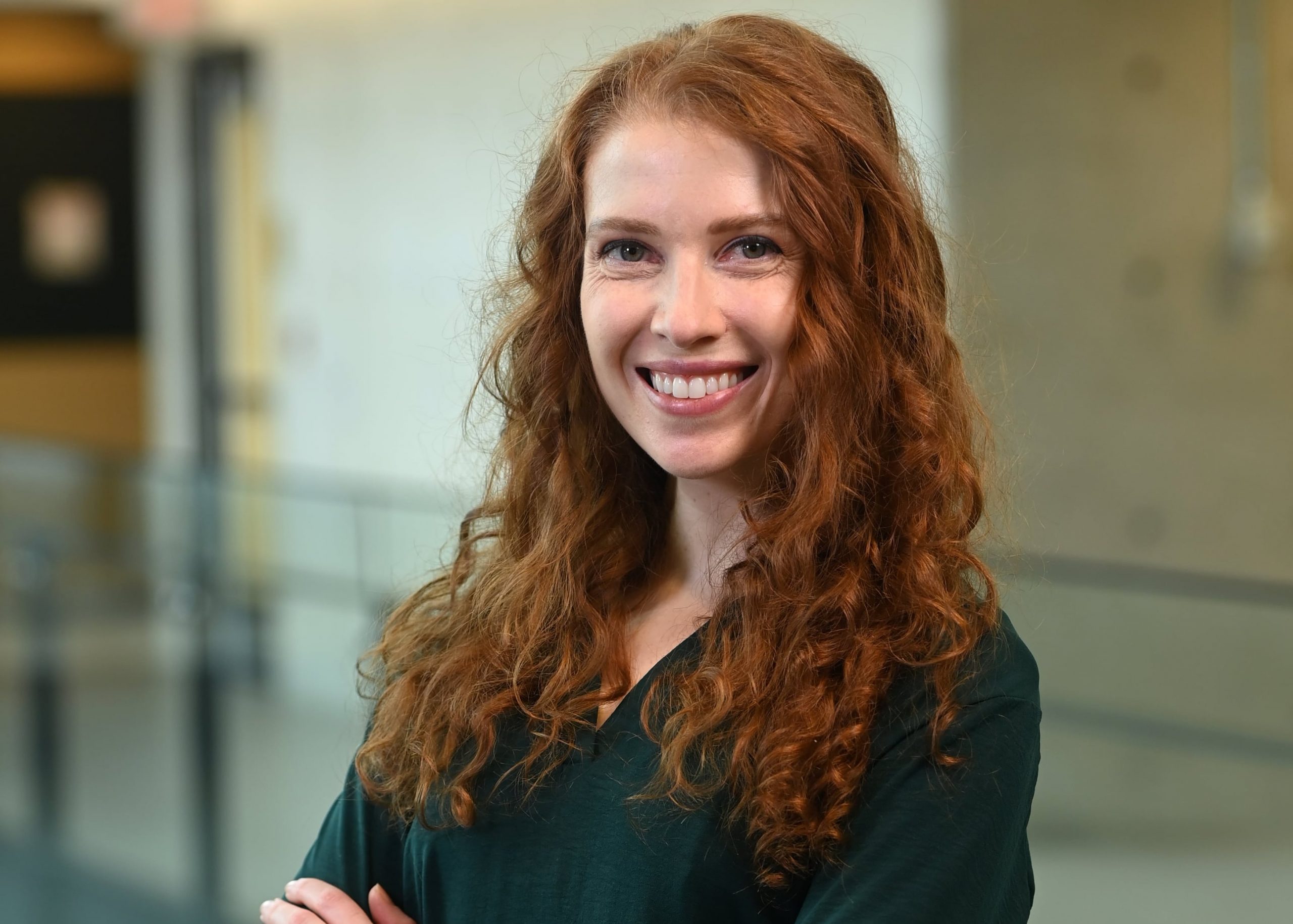
For those of you following along with some of my recent blogs, you’ve probably noticed that trust in automated systems is a huge factor in the performance of the team. It’s been a dominant focus of my research largely because of just how much a single variable can affect the outcome of the team as a whole. However, trust in the automated system is not the only kind of trust in play. The other kind of trust is with respect to yourself; how much do you trust yourself to perform the task at hand? In the scientific field it’s more commonly referred to as self-confidence.
Self-confidence and trust in automation are like the two sides of a seesaw, constantly in balance and the shift from being lower or higher than the other being something meaningful to the system. Typically, if someone has really low self-confidence, they will be more likely to trust and rely on the automated system. For someone who is an expert at a task, they will typically be less likely to trust and rely on the automated system knowing full-well they are capable of performing the task well on their own.
The tipping point at which trust in automation and self-confidence are equal is where we can find dramatic shifts in how often people rely on the automation recommendation. As self-confidence increases past trust in the automated system, people will generally start to depend on their own decisions more than the automation recommendations. The opposite is true when self-confidence decreases below the amount of trust they have in the automated system, leaving people relying more and more on the recommendations of the automation.
In many human-AI teams, the case is that the most optimal situation is to have trust in the automation and self-confidence balanced with each other. When either increases or decreases past the other, the system opens itself to potential failures, either through over-trusting the automation to the point of not noticing its mistakes, or through under-trusting the automation and opening yourself up to the potential of human error.
When it comes to improving the performance of the system as a whole, it is not enough to just increase the performance of one part of the other, as that would throw the seesaw out of balance. Instead, we want to bring the whole system up together, keeping the operator in the optimal state of trusting themselves and trusting the automated system, allowing both of them to grow together to achieve higher performance as a team.
This image was generated by a text-to-image AI with the inspiration “Trust and Self-Confidence in Balance”


